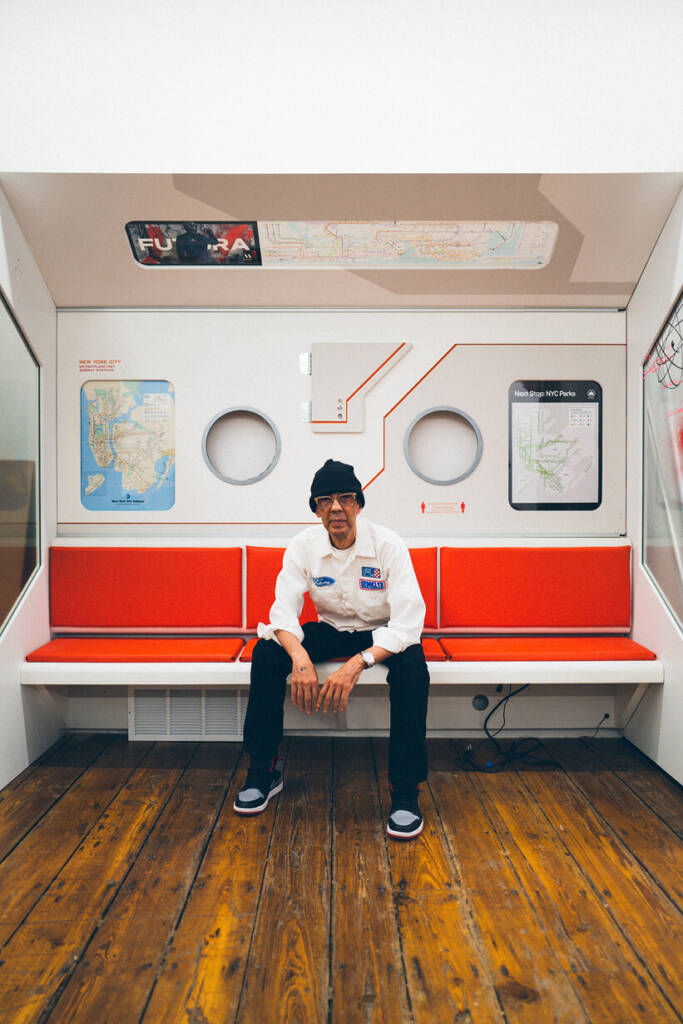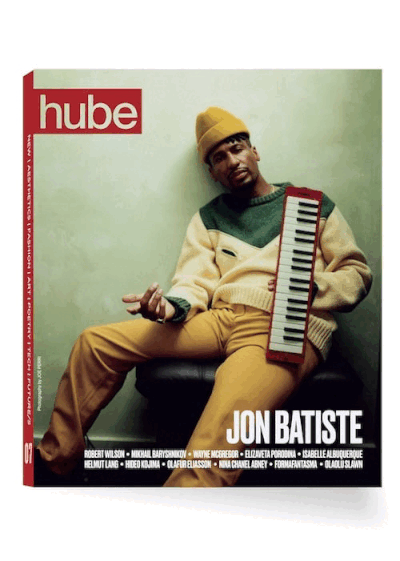
Leonard Hilton McGurr, better known as Futura, is a living legend whose journey from New York’s subway walls to global art institutions redefined what graffiti could be. One of the pioneering figures of the street art movement, Futura began his career in the 70s, tagging under the moniker “Futura 2000”—a nod to Kubrick’s 2001: A Space Odyssey. Alongside contemporaries like Jean-Michel Basquiat and Keith Haring, Futura helped bridge the gap between underground culture and theworld of fine art.
Today, his influence extends far beyond gallery walls. A master of reinvention, he has spent decades bringing his distinct style to a range of creative collaborations. From shaping the visual identities of Supreme and A Bathing Ape in the 90s, to partnering with Takashi Murakami, Rei Kawakubo, and Virgil Abloh, to his latest project with KENZO—the FW25 collection, set to hit the runway soon—Futura’s art has touched almost every corner of culture. Read on for a glimpse into the mind of a man who continues to shape visual culture, five decades after his first tag.
hube: Freedom, or our perception of it and its limits, changes. Does your sense of creative freedom remain unchanged?
Futura: my perception of freedom has changed, but my feelings about creative expression haven’t. as long as I have my imagination, that freedom remains mine.
h: Music is one of your sources of inspiration. Is there something common between notes and a color palette?
F: probably, though I am not always dependent on music as the background to my life, or [listening] as I work over my lifetime, of course, music has had a place; but silence is forever golden, and sometimes I simply need to hear myself dream.

